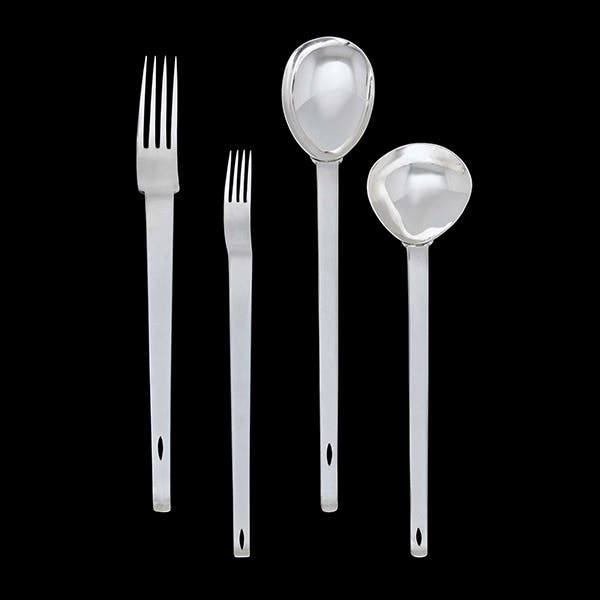Ask the Experts: ‘Conversation piece’ chair may be one of a kind
In the latest installment of Ask the Experts, Dr. Marchelos sheds light on the likely age of one-of-a-kind folk art chair passed down through generations.
Q I am 87 years old and this chair came from my aunt’s mother. It has been in our family for 200 years or more. Can you tell me anything about it and does it have any value? Thank you.
— H.H.
via email
A From the view of the bottom it appears to be oak. The decoration appears to be hand executed and includes designs seen from the 1840s, such as the reversed “Cs”. The photo is dim but there appears to be a clown’s face or similar image at the top. In addition, there is a set of clock hands and numerals on the right side. These probably come from the early 20th century, placing the chair around the 1920s or 1930s. If correct, the chair is less than 100 years old and is a one-off folk piece made by a family member or neighbor at that time. The finish also gives away the fact that it is not very old, and there is no patina. Someone could have added a finish more recently, but it was not a good job.
The chair is a conversation piece and someone interested in folk or country pieces would pay $300 or a little more and use it as an accent piece in a room.
----------------------------------------------------
Q I received this “Mother & Child” wall hanging 50 years ago. “Artifacts Design” is on the bottom edge, and the artist’s name is hard to decipher, but looks like it could be Larsen. The hanging is made of fiberglass, weighs 25 pounds, measures 24 inches by 39 inches and has a bronze/copper coating. Do I have a treasure?
I am moving into a small apartment and need to downsize my “stuff.” Thank you so much for your help.
— D.H.
Ashton, Idaho
A This is an example of wall art décor. The name Artifacts Design could be related to the Artifact Design Studio in Oregon. Larson is a Northwest artist associated with copper art such as this, so the name is most likely correct.
The theme of Madonna and Child is an old one, especially in Europe, and dates from the early Christian era. It later became common during the Renaissance and is still widely used.
The fact that it is fiberglass with a copper finish places the item amongst those that were fairly common at the time and manufactured for wide distribution. Religious items are collected, but you must find someone who is interested in wall art to make a sale. Overall, religious item collectors are a small segment of the collecting market. Downsizing is always difficult, but at 25 pounds it sounds like the type of item to let go.
It should sale for $150 in most areas, but sales will be slow until the right person comes along. An alternative would be to donate the item to a church and take the tax write-off on next year’s tax return.








